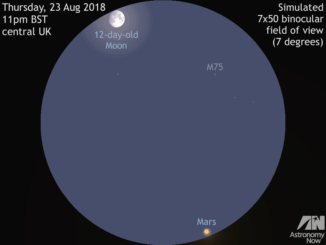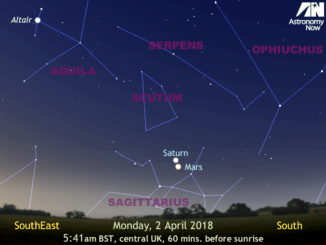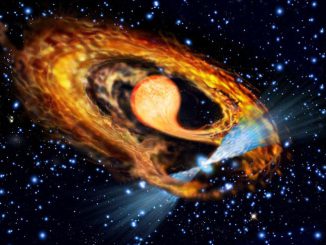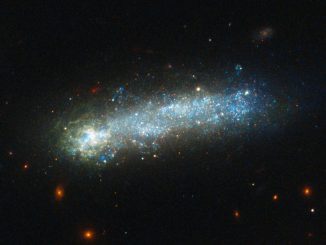
See the Moon meet the Red Planet on the UK night of 23 August
Mars may be almost four weeks past opposition, but it’s still an imposing sight low in the southern sky around local midnight. But if you are in any doubt about identifying the Red Planet, the waxing gibbous Moon acts as a convenient celestial guide late into the UK night of Thursday, 23 August. See both the Moon and the Red Planet in the same field of view of low-power binoculars.









